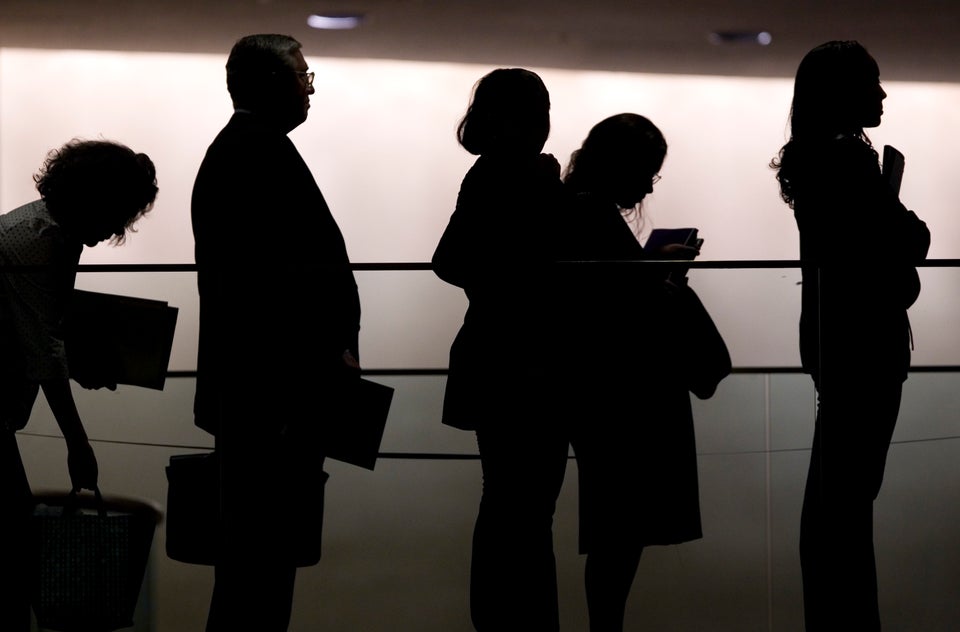
By Jonathan Spicer
NEW YORK, Feb 3 (Reuters) - A key measure of the U.S. labor market appears to exaggerate the damage brought on by the Great Recession, according to a fresh study by the Federal Reserve Bank of New York, suggesting the job market may be closer than previously thought to a full recovery.
The findings add to evidence that the retirement of baby boomers could be playing a bigger role than previously thought as Fed policymakers struggle to determine whether the dropping unemployment rate is likely to lead to inflation sooner than later.
Going a step further, if the labor market needs less policy support, it could encourage the Fed to continue drawing down its bond-buying stimulus and possibly even tighten policy more quickly than planned.
New York Fed economists, including a top adviser to New York Fed President William Dudley, analyzed demographic changes to the employment-to-population ratio. That ratio dropped hard during the 2007-2009 recession and has since remained stubbornly low, suggesting to some that the labor market is much weaker than the improvement in overall joblessness would suggest.
While U.S. unemployment has fallen to 6.7 percent from a post-recession high of 10 percent, the employment-to-population ratio (E/P) dropped more than 4 percent from its average in the prior expansionary period and has remained there.
But the researchers, including New York Fed executive vice president Joseph Tracy, found that when the E/P ratio is adjusted for changes to demographics - such as the mass retirement of baby boomers - it has declined. That in turn puts pressure on the actual E/P ratio, suggesting that even though it has remained low, the fact that it has held steady in the last few years represents improvement in the labor market.
The findings add to evidence that the job market may have permanently evolved in the wake of the recession, in large part because of mass retirement.
"It is important to control for changing demographic factors when looking at the behavior of the E/P ratio over time," Tracy and Samuel Kapon, a senior research analyst, wrote in the study.
These "demographic factors are exerting downward pressure on the actual E/P rate, suggesting that the recent lack of improvement in the E/P ratio does not imply a lack of progress in the labor market," they said.
"The adjusted E/P rate corroborates the basic picture from the unemployment rate that the labor market has been recovering over the past few years, but that it still has a ways to go to reach a full recovery."
A much-cited study by Philadelphia Fed economist Shigeru Fujita found in November that the recent decline in the participation rate - or the proportion of Americans who are employed or actively looking for work - is "entirely due to retirement."
Fed policymakers, bound by law to achieve full employment and price stability, may take note as they try to predict when the amount of so-called slack in the labor market will diminish, leading to inflationary wage pressures.
While San Francisco Fed President John Williams said in September that the low employment-to-population ratio is sending a much too pessimistic signal on the job market, Ben Bernanke, who stepped down as Fed chairman on Friday, said in November the ratio overstates the degree of slack in the labor market.

